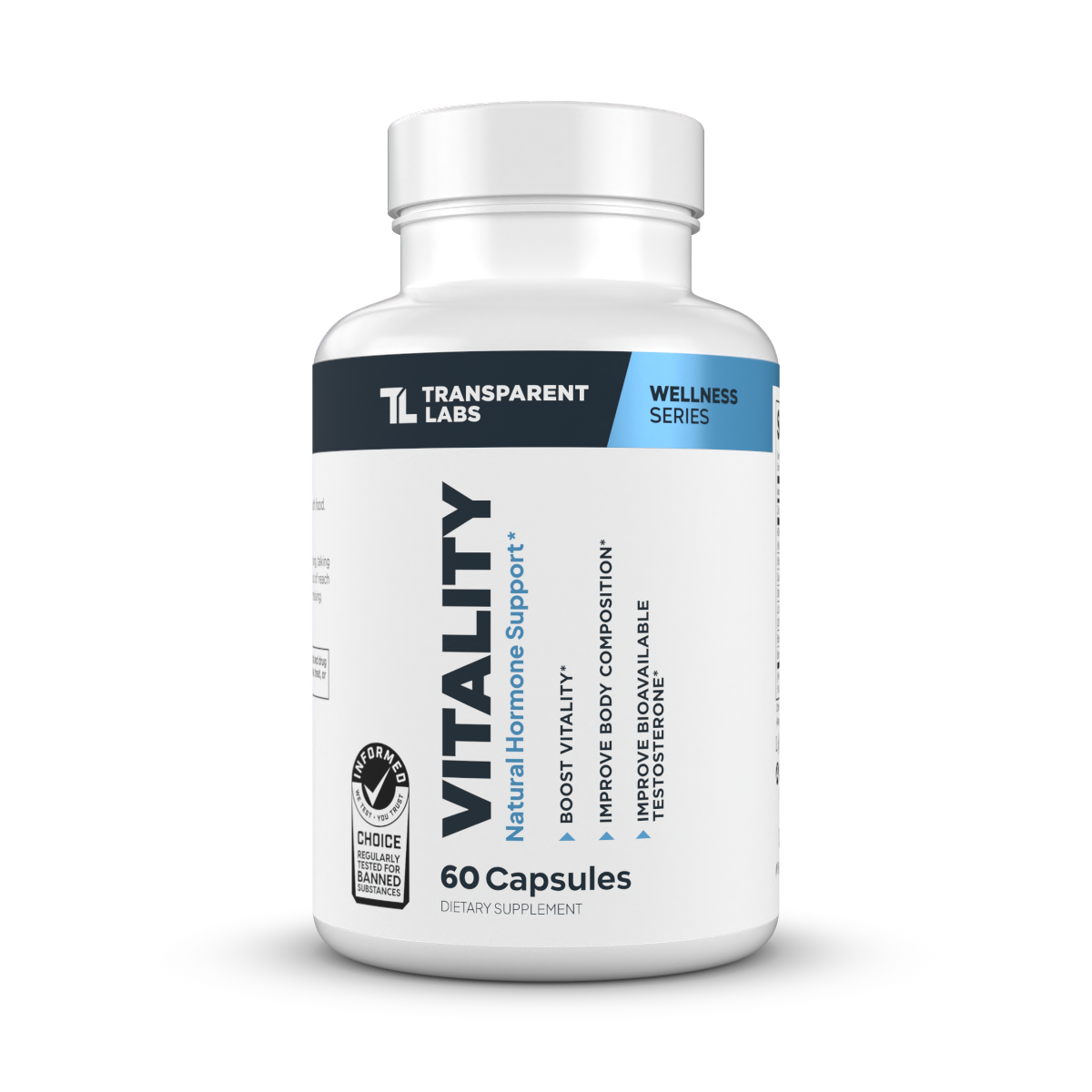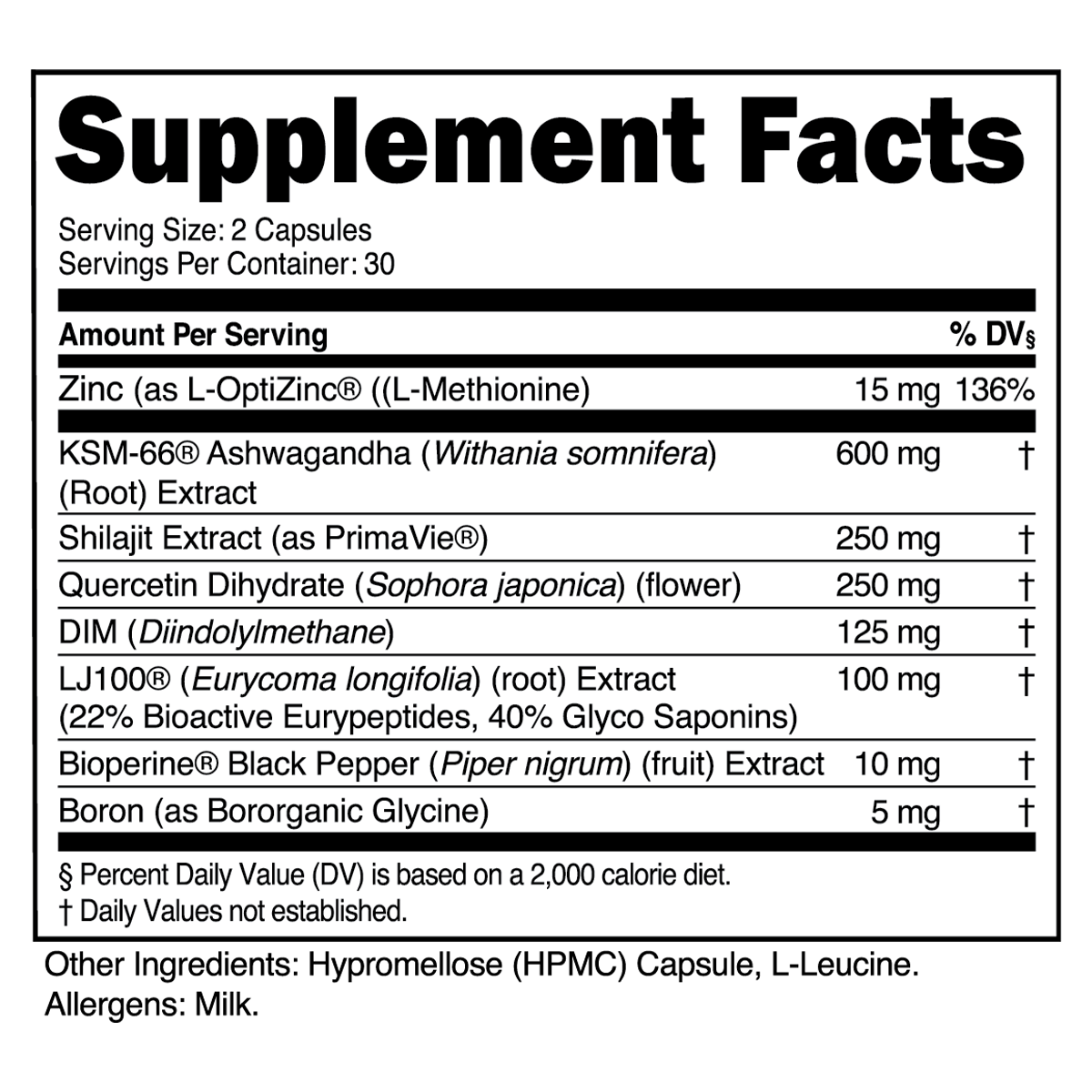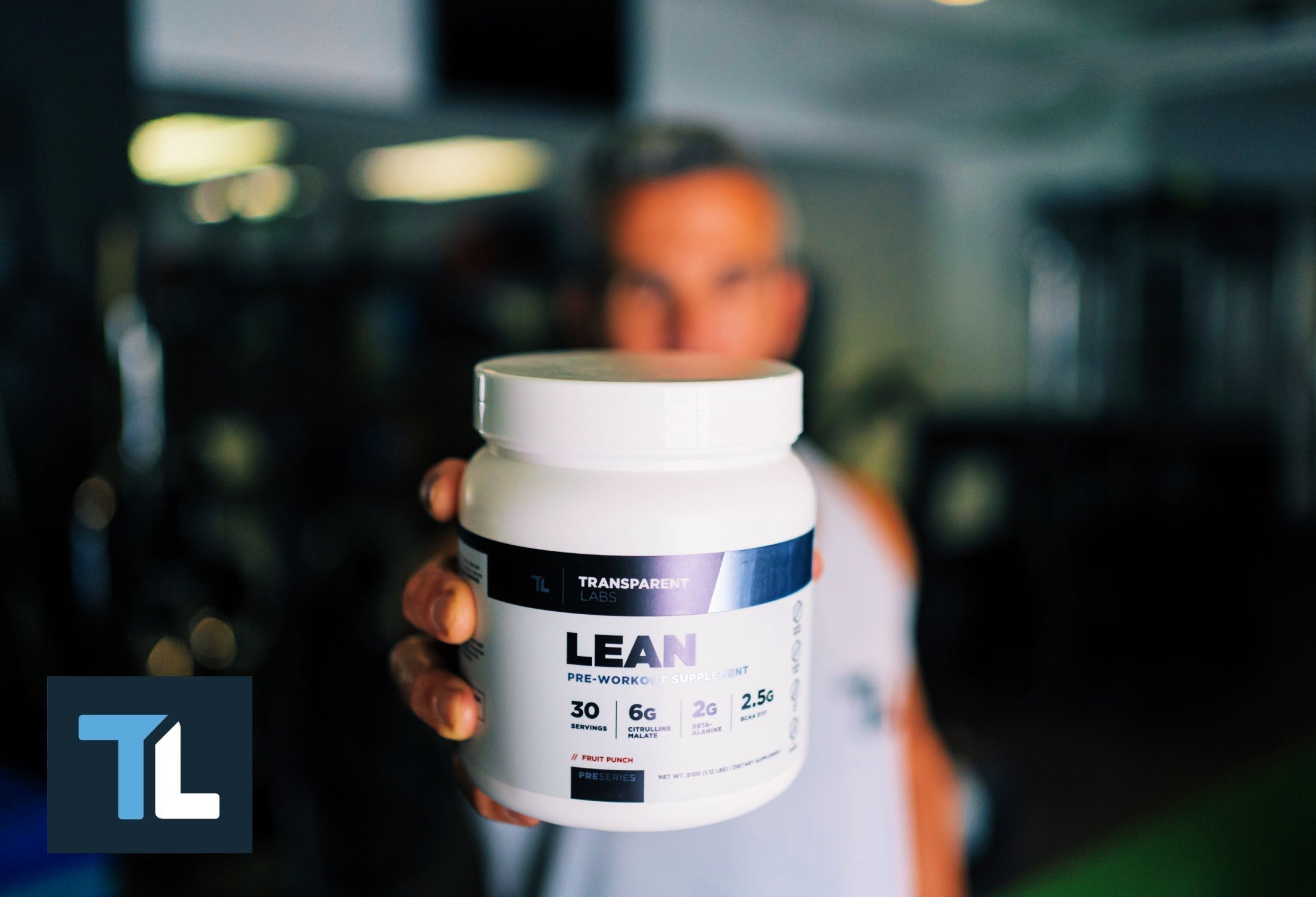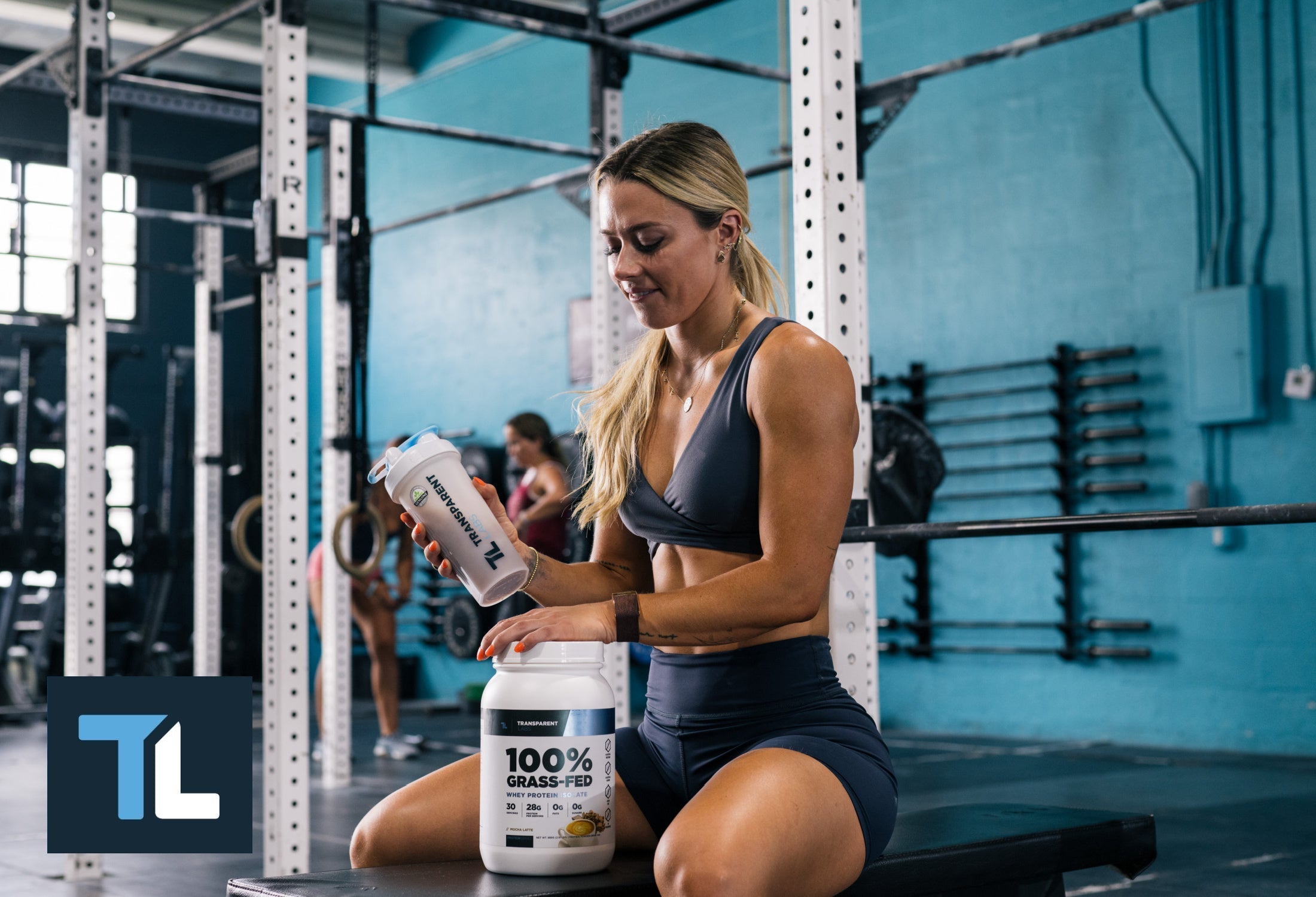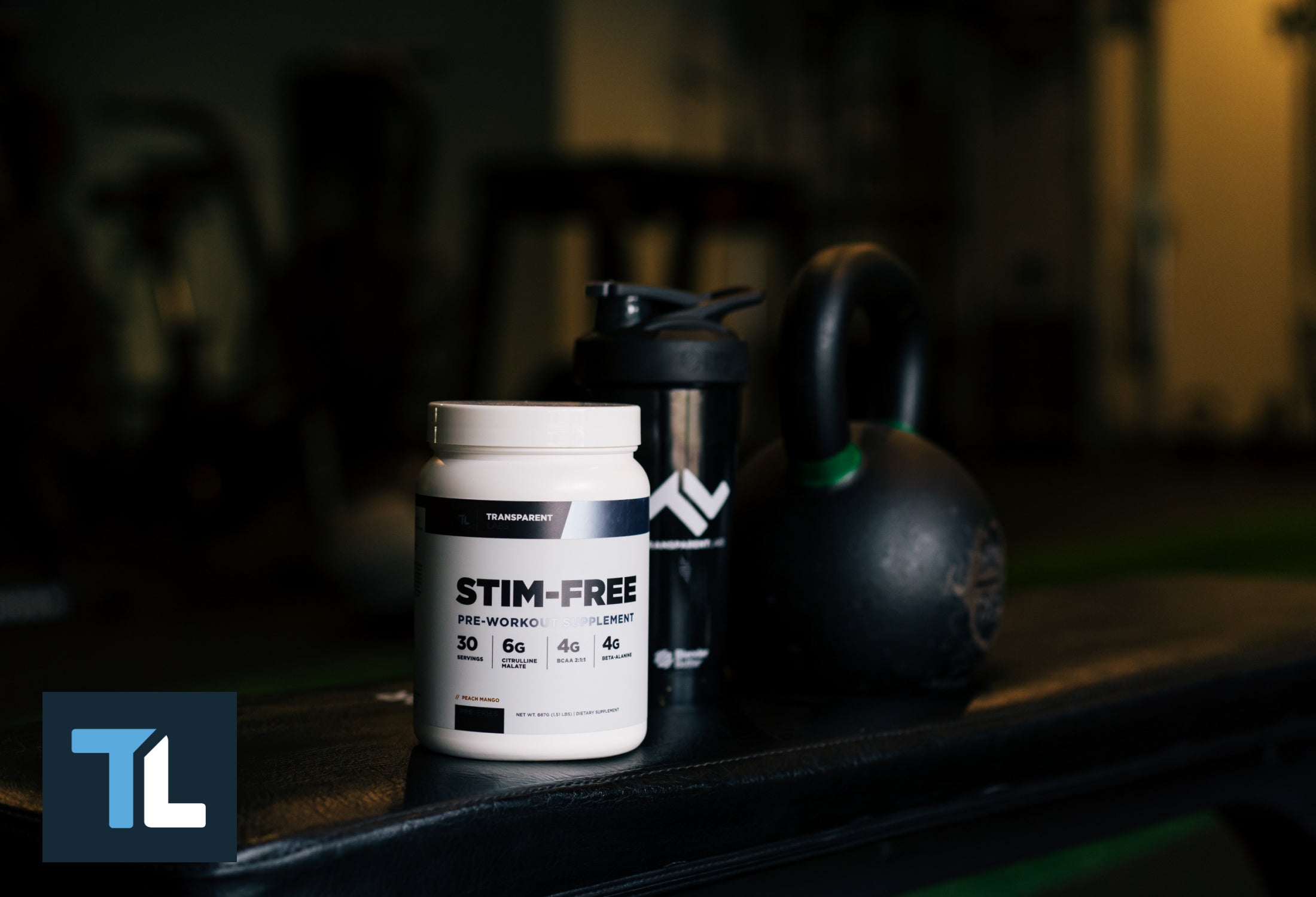What are Sarms? | Safe Alternative to Anabolic Steroids?
Selective androgen receptor modulators (SARMs) have become increasingly popular in bodybuilding subculture, somewhat deceptively sold as "dietary supplements." Bodybuilders, athletes, and gym-goers are quick to jump on the SARM bandwagon in hopes of increasing muscle growth, reducing body fat, boosting strength, and enhancing athletic performance. Far too often, these individuals do so before considering the health risks of SARM use.
Selective Androgen Receptor Modulators (SARMs) are compounds similar to anabolic steroids, which are used to increase muscle mass and strength without the undesirable side effects associated with steroids. These substances function by attaching to androgen receptors located in muscles and bones.>
In most cases, SARMs mimic the anabolic effects of steroid hormones like testosterone and nandrolone. However, SARMs are technically not anabolic androgenic steroids (AAS).
So, what are SARMs, exactly? How do they work? Are they safe? This article will take a critical look at the use of "bodybuilding SARMs" and the implications these drugs can have on health and fitness based on recent research.
What is a Selective Androgen Receptor Modulator (SARM)?
A selective androgen receptor modulator (SARM) is any chemical that modifies the activity of tissue-specific androgen receptors. Most synthetic SARMs are investigational drugs that act as full or partial agonists of androgen receptors in skeletal muscle tissue [1].
To better understand why SARMs are a subject of ongoing research for clinical use, it's pertinent to discuss the androgen receptor itself. The androgen receptor belongs to a family of intracellular receptors that primarily regulate DNA transcription and, therefore, gene expression and cellular proliferation [2].
Since androgen receptors are ubiquitous in body tissues of both men and women, taking steroid hormones that activate or inhibit these receptors can have undesirable systemic effects. For example, men who take large doses of testosterone for building muscle may also experience an increase in the size of the prostate gland and loss of hair. Similarly, women who take large doses of testosterone over time may develop masculine characteristics, such as a deeper voice and excess body hair growth.
Anabolic steroids that activate the androgen receptor are generally non-specific or non-selective. Hence, selective androgen receptor modulators are, theoretically, like steroids that can target distinct androgen receptors in the body.

However, most SARMs are not steroids. Instead, they are synthetic compounds that agonize or antagonize the androgen receptor in specific tissues. Drug companies suspect that SARMs are an attractive alternative to traditional androgen replacement therapy due to their specificity and non-steroidal nature.
SARM Use and Muscle Growth
odybuilders and athletes are keen on using SARMs to increase muscle mass, strength, and performance. Since SARMs work by modulating the activity of androgen receptors, it's surmised they can produce anabolic steroid-like effects without the health risks of anabolic steroid use.
The most popular SARMs include Andarine (S4), ostarine (enobosarm/MK-2866), ligandrol (LGD-4033), and testolone (Rad-140). Only a handful of clinical studies are available for testolone, ostarine, and ligandrol. At the time of writing, there are no clinical trials of andarine [3].
Ostarine, a compound developed by Gtx Inc., is arguably the most "thoroughly" studied SARM, with generally promising results across a range of patient subpopulations [4]. It remains an investigational drug for muscle-wasting conditions (cachexia) and osteoporosis.
The adverse effects of using SARMs in clinical doses (well below the amount used for performance enhancement) are generally mild. Most side effects subside upon cessation of SARM use [5].
Nevertheless, the U.S. Food and Drug Administration (FDA) warns against using SARMs or any dietary supplements containing these compounds. The World Anti-Doping Agency (WADA) and FDA remain highly concerned about unscrupulous companies that sell "muscle-building" products containing SARMs, often without listing any SARMs on the supplement label to avoid legal ramifications.
Anecdotal reports of liver toxicity, heart attack, stroke, and life-threatening reactions suggest that supplements containing SARMs are fraught with potentially dangerous ingredients. Since they are banned for over-the-counter sales as dietary supplements in the United States, there are virtually no reliable qualitative regulations for SARMs.
The loophole that many SARMs purveyors use to sell these compounds is marketing them as being for "research purposes only." In other words, SARMs are legal to sell in the U.S. so long as they are labeled "research chemicals."
SARM Side Effects
Due to the potency of SARMs and their illicit use, these compounds carry a high risk of adverse effects in larger performance-enhancing doses. The long-term health effects of SARMs remain unknown, and some clinical trials have shown compounds like ostarine (enobosarm/MK-2866) may damage the liver and, somewhat ironically, suppress testosterone levels [6].
Likewise, cardarine (GW501516), a peroxisome proliferator-activated receptor (PPAR) modulator, has been shown to induce cancer growth in numerous organs [7]. As such, it is no longer being studied in clinical trials, yet it remains readily available for purchase as a "research chemical."
Safety concerns are ostensibly what has limited the clinical applications of SARM compounds. However, clinical trials are ongoing, and there does seem to be a therapeutic promise for some SARMs, especially as an adjunct for mitigating muscle- and bone-wasting in cancer patients [8, 9].
Research scientists also believe that SARM use will eventually serve as an alternative to traditional hormone-based therapies, such as testosterone replacement therapy [10]. If and when SARMs are approved for medical use by the FDA, odds are they will become federally controlled substances. (Though that's never stopped supplement companies from spiking their formulas with performance-enhancing drugs in the past.)
Are SARMs Banned?

Selective androgen receptor modulators are officially banned for use in athletic competitions sanctioned by WADA drug-testing policies and many other sporting bodies, such as natural bodybuilding organizations. SARMs are currently investigational drugs and therefore do not classify as a "dietary supplement." Hence, it is illegal to sell them as over-the-counter dietary supplements in the United States.
SARM vendors use a loophole by marketing their products as "research chemicals not intended for human consumption." Such jargon is bemusing considering that virtually everyone who orders SARMs online intends to use them for performance enhancement.
But here's the catch: If you buy SARMs online (or "on the streets"), there's a high chance you're not getting legitimate SARMs. A recent study analyzed the contents and chemical identities of dietary supplements and "research chemicals" marketed and sold online as "SARMs/Selective-androgen receptor modulators" to see if the label claims matched [11].
The verdict: Not great.
Of the 44 products tested in the study, barely half (52%) contained a SARM, and 59% had doses significantly different from those on the product label. Worse yet, 39% of the products tested positive for an undisclosed, unapproved drug, and 9% had no active compounds at all (i.e. they were placebo pills, literally).
These findings highlight an alarming lack of regulatory oversight and serious safety concerns of SARM use. Dietary supplements containing SARMs are simply not reliable at this time.
SARMs vs. Anabolic Steroids
Steroids are hormones derived from cholesterol. They fall into five categories: androgens, estrogens, progestins, mineralocorticoids, and glucocorticoids. These hormones have either anabolic or catabolic properties throughout the body, meaning they either stimulate tissue hypertrophy (growth) or atrophy (shrinkage).
Testosterone and its metabolite dihydrotestosterone (DHT) are among the most potent anabolic androgenic steroids naturally produced in the human body. As such, testosterone is typically the foundation of any steroid cycle. Bodybuilders and athletes will often stack other anabolic steroids, most of which don't naturally occur in the body, with testosterone for even greater effects.

While the increase in muscle mass and strength during a cycle of anabolic steroids may be substantial, the use of these drugs in performance-enhancing/supraphysiologic doses is not without consequences. Adverse effects may include [12]:
-
Hepatotoxicity
-
Potential for prostate cancer stimulation
-
Virilizing actions
-
Elevated blood pressure (hypertension)
-
Dyslipidemia
-
Erectile dysfunction/impotence
-
Gynecomastia ("man boobs")
-
Acne
-
Hair loss
The advantage of SARMS over steroids is that they have reliable tissue specificity and are able to dissociate anabolic from androgenic activities. More simply, SARMs can modulate specific androgen receptors, such as those found in skeletal muscle tissue, without affecting androgen receptors in the heart or prostate gland.
Therefore, SARMs are plausibly a safer option to increase muscle than anabolic androgenic steroids, at least in the context of performance enhancement. But to reiterate, using SARMs in typical "bodybuilding" doses, which are often 10-20 times the clinically studied amounts, is undoubtedly risky from a health standpoint.
You are also placing a lot of faith in the integrity of veritable drug dealers when you buy SARMs on the Internet. Based on the evidence, you're statistically unlikely to get the actual SARM you ordered.
Do SARMs Work for Increasing Muscle Mass and Strength?
Selective androgen receptor modulators have been around since the late 20th century and show no signs of vanishing anytime soon. Pharmaceutical companies are adamant that novel SARMs like andarine (S4), ligandrol (LGD-4033), ostarine (enobosarm/MK-2866), and testolone (Rad-140) will be the future of drug therapy for conditions associated with muscle- and bone-wasting and possibly even as a remedy for prostate cancer. These currently unapproved drugs also show promise as ancillaries to conventional medical treatment of life-threatening health conditions, such as lung cancer and breast cancer.So yes, SARMs do help increase muscle mass and strength, and they may even be health-promoting in some instances. However, the recreational use of selective androgen receptor modulators and dietary supplements containing these compounds is concerning.
Transparent Labs Vitality is an alternative to SARMs that won't cause athletes or bodybuilders to fail a drug test. The natural testosterone boosters in this formula, like KSM-66® ashwagandha and EuryGold® Tongkat ali (longjack), are not banned by the World Anti-Doping Agency and have a much better safety profile than SARMs.

